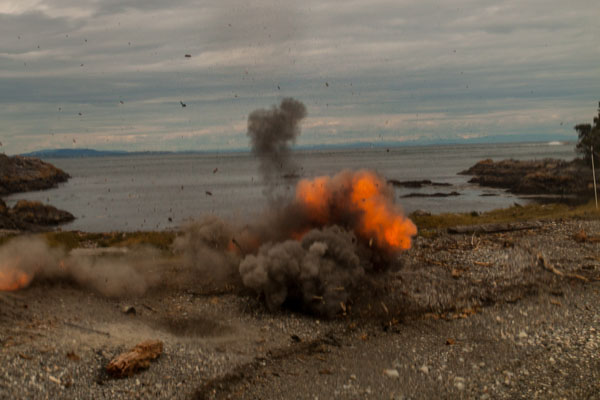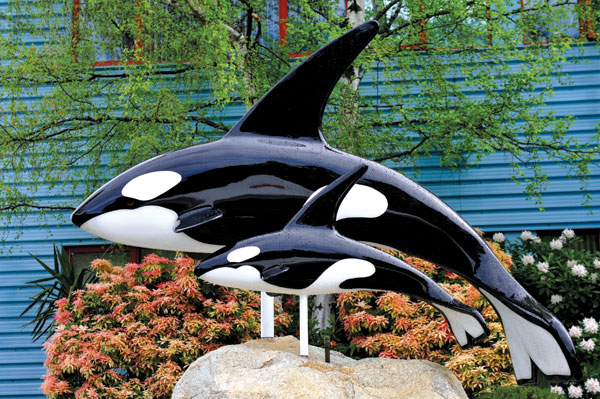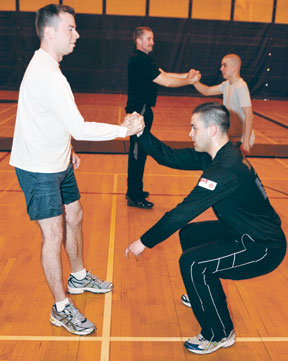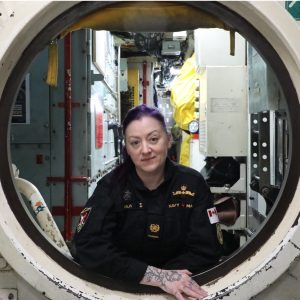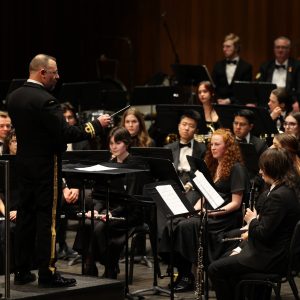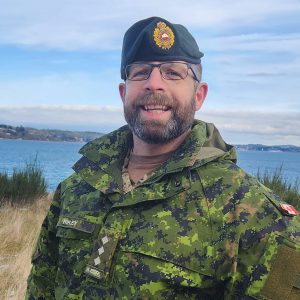
Huron Honoured
[caption id="attachment_1268" align="alignnone" width="300"] PO2 Matthew Grady gives the order to unveil the HMCS Huron Screw Monument at the Military Museums on June 3, in Calgary, Alberta.[/caption] Naval veterans and dignitaries gathered Sunday June 3 for the unveiling of HMCS Huron’s port screw. Also on hand were member of the public, as the unveiling coincided with Armed Forces Day at the Military Museums in Calgary, Alberta. The 17-foot, five blade variable-pitch port screw was shipped in eight parts from Esquimalt to Calgary by Arthur Hazle, and then cleaned using a high-pressure water jet by Murray Hazle. Don Connolly, Gary Hansen, Jack Pidgeon, Gord Rowan and Andy Madsen then hand buffed all the surfaces and applied a clear coat to prevent future discoloration. The unveiling ceremony took place outside the Naval Museum of Alberta. Lieutenant-Governor Donald S. Ethell, Member of Parliament Rob Anders, and Calgary Deputy Mayor Diane Colley-Urquhart each spoke before Rear-Admiral Mark Norman, Deputy to the Commander of the RCN, ordered the unveiling. The monument is dedicated to “the men and women who served in the boiler and engine rooms of the ships of the RCN in the 20th century.” A good number of these engine room artificers and stokers were on hand for the ceremony. Scott Hausberg, Contributor

